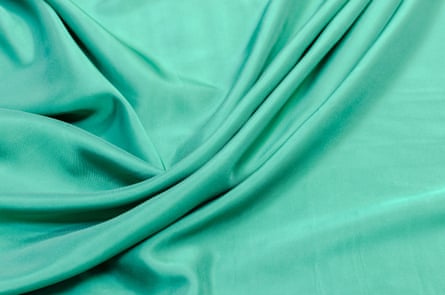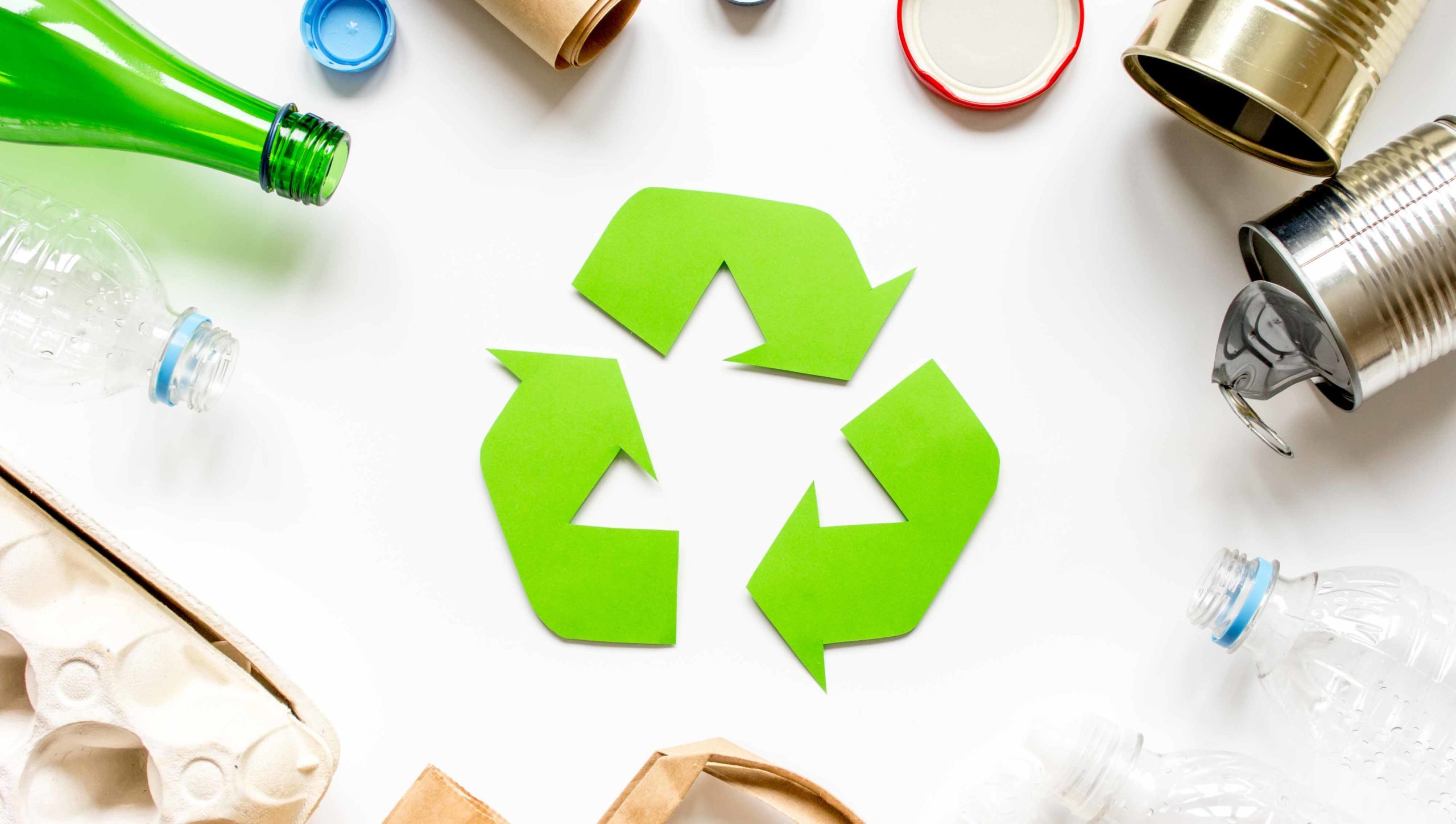It can typically really feel such as you want a PhD in materials science simply to grasp the textiles that seem on garment care labels. Whereas pure fibres together with wool and cotton are fairly straightforward to determine, synthetics equivalent to polyester and viscose could be tougher to decode.
Typically talking, human-made supplies fall into considered one of two classes: these derived from fossil fuels and people derived from chemically processed cellulose (the constructing block of vegetation).
Right here, specialists clarify what every of essentially the most generally used supplies are manufactured from and what you need to take into account when shopping for them.
Fossil fuel-based fibres
Polyester
Polyester is the most typical fibre on the planet, making up over half of the general fibre market. It’s a kind of plastic known as polyethylene terephthalate or PET which is moulded into yarn then woven into a material.
Dr Georgia McCorkill, a trend lecturer at RMIT, says fossil fuels are the premise of the chemical substances that make PET, so from an environmental and sustainability standpoint, their origins are already problematic. Since plastic doesn’t a lot biodegrade as cut up into smaller and smaller items (it was solely invented final century, so we are able to’t actually understand how lengthy it’ll dangle round), polyester can be problematic when it’s washed, as it could actually shed microplastics into waterways and on the finish of a garment’s life.

“In an excellent world [polyester] would exist in a closed-loop system the place it could be perpetually melted down and reformed into new materials,” says McCorkill. “Nevertheless the design, manufacturing and waste restoration methods required to make this a actuality don’t exist.”
Just lately, there was a push in direction of recycled polyester – which makes use of plastic bottles as an enter – as an alternative of virgin assets. Whereas recycled polyester has a decrease carbon footprint than typical polyester, it isn’t an ideal resolution. Turning plastic bottles into new plastic bottles is extra environment friendly than recycling them into polyester, and it may be accomplished on a loop. Present strategies for turning plastic into polyester at scale don’t lead to a fabric that may be recycled once more post-use.
McCorkill says polyester is an especially sturdy materials and could be obligatory in activewear, sportswear or out of doors gear. However, she says, “polyester can get very smelly over time and turn out to be unwearable”. It’s because it clings to odour and stains, making them inconceivable to take away.
Nylon
Like polyester, nylon can be a plastic derived from fossil fuels however it’s dearer to make and subsequently used much less often. It makes up about 11% of the clothes fibre market. Since nylon is stretchier and stronger than polyester, it’s typically present in swimwear and yoga gear.
Manufacturing nylon releases nitrous oxide into the environment, contributing to world heating, and since nylon is a plastic it received’t biodegrade. The founding father of Material & Co, Caroline Poiner, suggests on the lookout for recycled options equivalent to Econyl which can be made with recovered waste merchandise, together with fishing strains and different waste pulled from the ocean.
In contrast to recycled polyester, recycled nylon could be regenerated into new nylon greater than as soon as, offered it has not been blended with different fibre sorts.

Elastane
The opposite fossil fuel-based fibre you’ll typically encounter on a garment care label is elastane (additionally known as spandex or Lycra). It’s generally blended with different fibres to supply added stretch (it could actually broaden and get well as much as 5 instances its personal size).
after e-newsletter promotion
This elasticity makes it just like rubber. However whereas pure rubber or elastic is derived from bushes, elastane is derived from polyurethane and won’t biodegrade. Whereas elastane’s capability for stretch and restoration makes it very helpful in athletic gear and underwear, when uncovered to warmth or an excessive amount of pressure, its elasticity will degrade over time.
Man-made cellulosic fibres
Viscose rayon is the umbrella time period for fibres manufactured from cellulose, however as many fibres fall into this broad class, it may be very complicated. The record contains rayon, viscose, modal, lyocell, acetate, bamboo and cupro. Apart from cupro, which is produced from cotton waste, all of those supplies are derived from wooden pulp.
Poiner warns that though bamboo and the like are sometimes marketed on their eco credentials, it may be “akin to artificial fibres in its impression on the atmosphere and likewise the well being and wellbeing of employees”.

Sourcing viscose rayon has traditionally been linked to deforestation, and even now the environmental not-for-profit Cover estimates that of the 200m bushes lower down every year to make viscose, at the least half come from historic or endangered forests. If you wish to ensure these materials have been sustainably sourced, search for FSC or PEFC certifications.
The method of turning wooden or cotton waste into a material “requires extremely poisonous chemical substances in its manufacturing”, says Poiner, who notes some producers select manufacturing unit websites the place they’ll keep away from strict well being and security laws.
Much less dangerous cellulose materials are manufactured utilizing a closed-loop system, that recovers and reuses poisonous solvents. EcoVero and Tencel are sorts of lyocell, trademarked by material large Lenzing, that are made utilizing greatest observe pulp-sourcing and chemical administration throughout the manufacturing course of.
There are additionally thrilling improvements on this area, with new sorts of viscose rayon made utilizing agricultural, meals or clothes waste as a supply materials as an alternative of bushes, nevertheless these are usually not but broadly out there.
